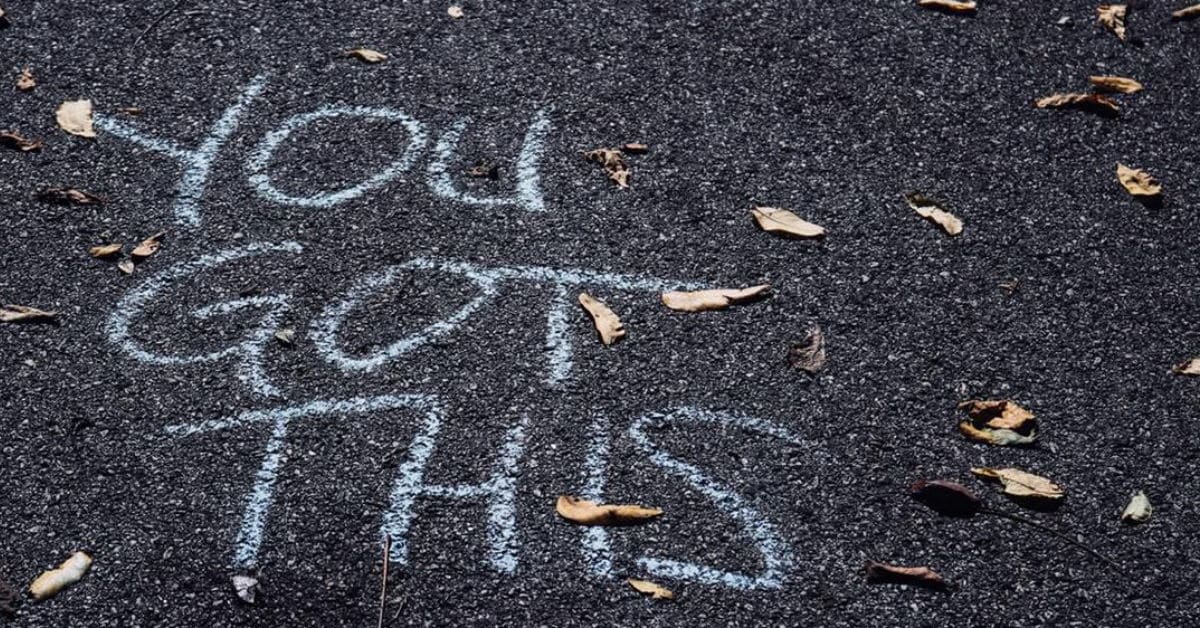In my years as a consultant I have seen it time and time again. Companies with multiple sites all working together. It is hard to bridge the gap across the miles and inevitably it shows up – The Red Headed Step Child Syndrome. Perhaps you’ve seen it before? This phenomenon happens when the people in offices separated by miles can’t quite see one another as human.
This is usually how I see it portrayed:
I meet people in one site in Arkansas and they talk to me about how “Michigan” has a mindset that is way off base. They explain how “Michigan” really doesn’t understand how to get the work done properly so they need a lot of help. “Arkansas” holds a bit of bitterness because “we” are always getting treated like second class citizens. “Michigan” forgets us, doesn’t give us information timely, has a superior attitude, and doesn’t really care about “Arkansas.”
Then, I go to the Michigan office and meet people there who tell me how “Arkansas” doesn’t really get it. They describe “Arkansas” having a bit of an attitude, an incorrect mindset and lacking understanding of how to get the work done properly. They say that “Arkansas” needs lots of help to get better.















